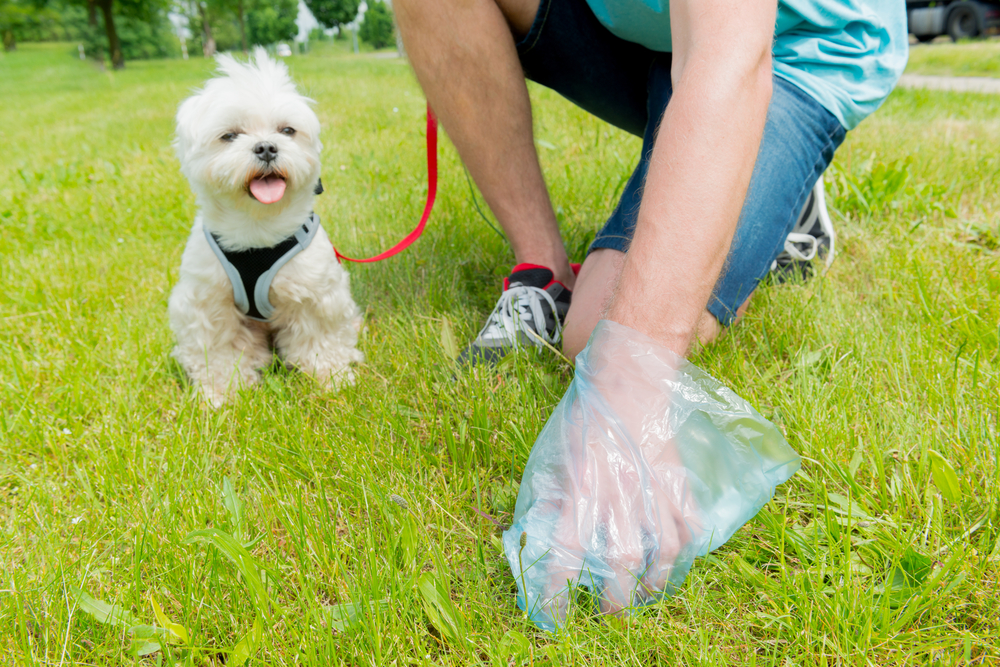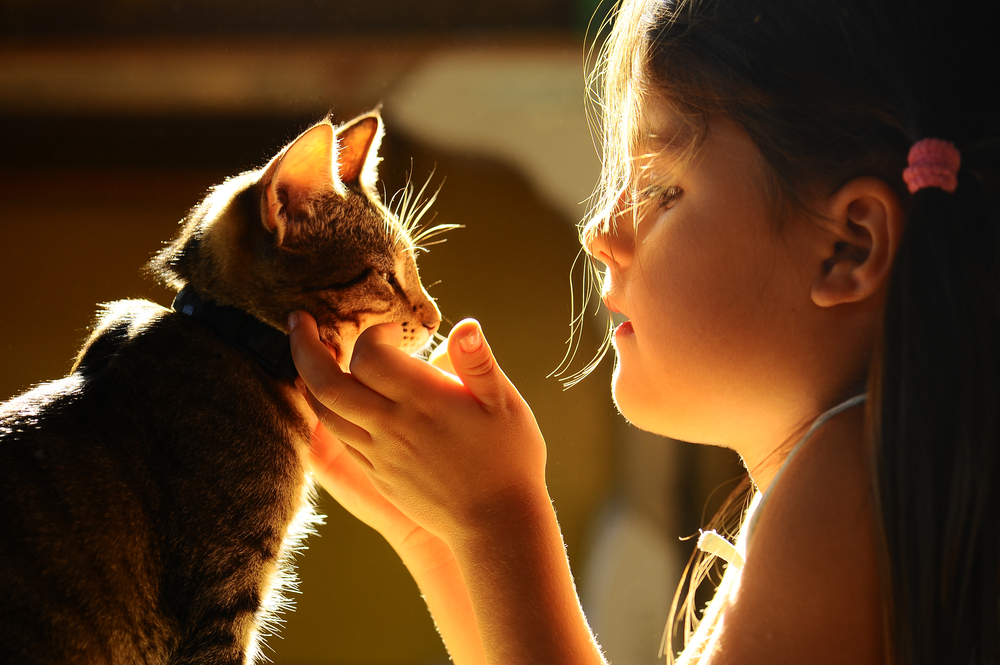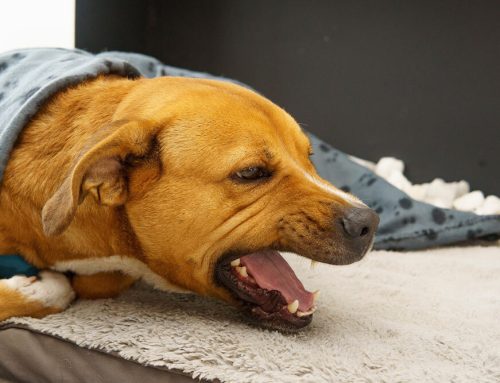Children and pets can develop strong bonds, but you must teach them how to safely interact to prevent injuries. Our Animal Medical Hospital of Naples team knows that pets are great additions to families, and we provide tips to keep your kids and pets safe when they are around each other.
#1: Socialize your pet appropriately
Socializing your pet during their formative years helps them grow into a confident, well-adjusted adult pet. Socialized pets are more likely to behave well and less likely to exhibit aggressive behavior. Appropriate socialization includes:
- Start early — Pets are most susceptible to socialization between 3 weeks and 3 months of age, so start as soon as possible.
- Be comprehensive — Introduce your pet to new sights, sounds, smells, and experiences. Use a comprehensive list as a guide to expose your pet to as many new things as possible.
- Be positive — Make every new experience positive with praise and treats.
- Go slowly — Puppies and kittens tire quickly, so make each new experience short. If they seem anxious or fearful, remove them from the situation and try again later.
#2: Teach your child to respect pets
Children often get excited around pets and want to pet, kiss, and hug them, but not every pet is amenable to this attention. Teach your children that they must respect pets, and should approach pets slowly, greet them with a gentle pat, and ensure they know to stop the interaction if the pet then moves away. Also, instruct your child not to be too rough with pets. For example, never allow them to pinch or poke a pet, or pull on their tail or ears.
#3: Instruct your child to ask before petting strange pets
If you have a friendly, well-socialized pet at home, your child may not realize that all pets aren’t always receptive to attention. Ensure your child always asks permission before petting an unknown pet, and also asks where the pet best likes petting. This will help prevent a negative experience and, hopefully, your child will make fast friends with the pet.
#4: Teach your child how to read a pet’s body language
Children, and some adults, can’t read a pet’s signal and determine their mood. Teach your child how to read a pet’s body language to help them determine if the pet is safe to approach. Basic guidelines include:
- Dogs — Body language meanings in dogs:
- Happy dog — A dog who is happy has a relaxed body posture, their mouth is open and relaxed, their ears are in a normal position, and their tail is wagging.
- Worried dog — A dog who is worried holds their head low with their ears back, keeps their tail tucked, and may yawn, lip lick, raise a front paw, or avoid eye contact.
- Angry dog — A dog who is angry puts their ears back and down, exposes their teeth, raises their hackles, and may snarl.
- Cats — Body language meanings in cats:
- Happy cat — A cat who is happy has a relaxed body posture, with their ears in a natural position, and an upright tail if they are standing, or stretched out if they are sitting or lying down.
- Worried cat — A cat who is worried keeps their muscles tensed, tucks their tail close to their body, and swivels their ears to the side.
- Angry cat — An angry cat keeps their ears flattened to their head, arches their back, and keeps their tail tense, and may hiss or growl.
#5: Ensure your child doesn’t interrupt pets in certain instances
A normally friendly pet can be irritable and aggressive if interrupted in certain instances. Ensure your child never interrupts a pet who is eating, sleeping, chewing on a favorite toy, or caring for their young. In addition, warn your child not to approach sick or injured pets, because they may become defensive.
#6: Supervise your child around pets
Children and pets need time to learn, so while they are building their relationship, ensure they are supervised when interacting, to protect the pet and the child. If your busy day prevents you from monitoring their interactions, crate your pet or put your child in a sturdy playpen to keep them safe while you are gone.
#7: Let your child give your pet treats safely
Treats are a great way to ensure a pet-positive experience, but young children must follow appropriate rules to avoid injury. When you offer your pet a treat, have your child place the treat on the ground and step away to prevent an overexcited pet from accidentally biting your child when trying to reach the treat.
#8: Leave pet cleanup to the grown-ups

Children under 5 years are at higher risk for contracting diseases and parasites from pets, so don’t let your child clean up the mess if your pet has an accident inside. In addition, ensure your child washes their hands after playing with your pet.
Children benefit from having a pet in their home, but you must take steps to ensure safe interactions. If you are concerned about your pet’s behavior around your child, contact our team at Animal Medical Hospital of Naples so we can help.







Leave A Comment